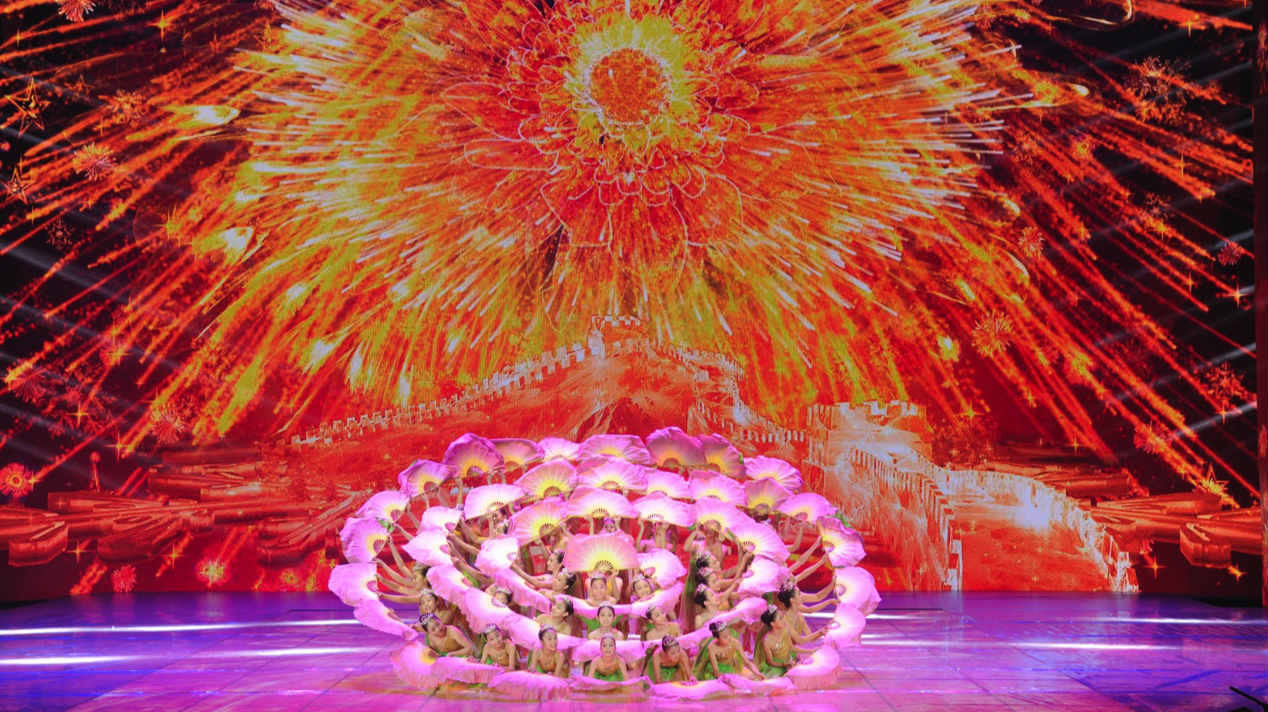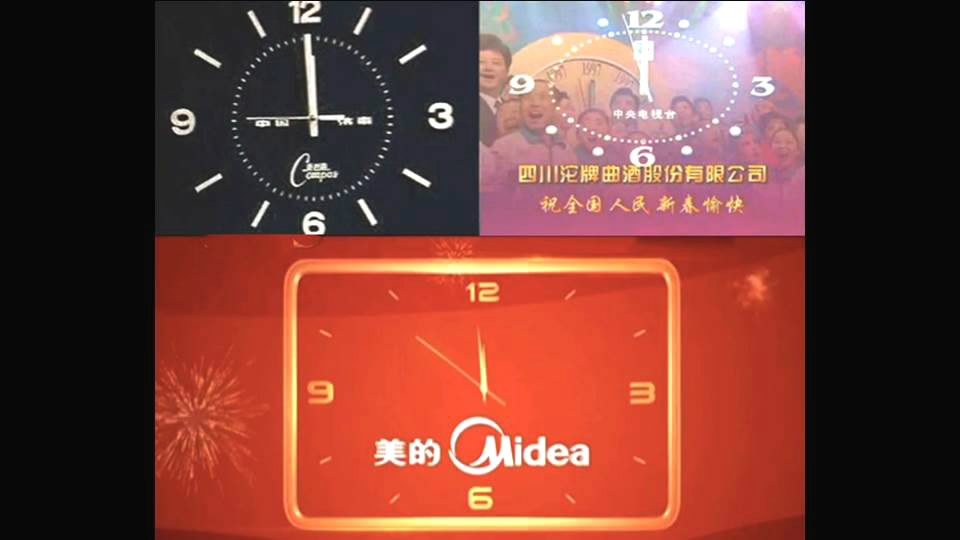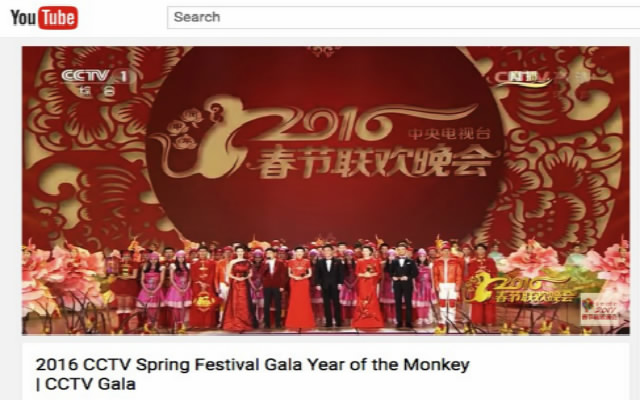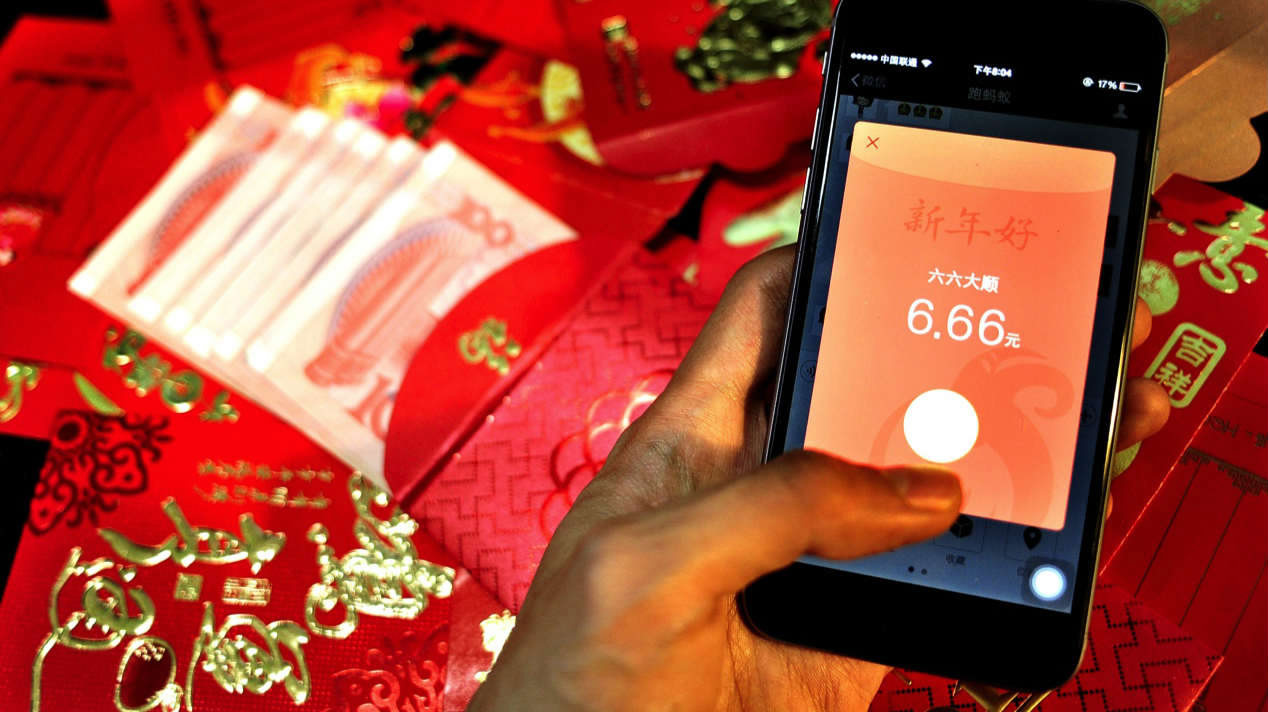
Culture & Sports
14:39, 24-Jan-2017
Witness to history: how the Spring Festival Gala has reflected China’s changes
Updated
10:37, 28-Jun-2018

On February 7, 2016, the Super Bowl, the highlight of the US National Football League season, drew an average audience of 111.9 million, becoming the third most-watched program in US television history. Thought that was big? On the same day, Chunwan, the Spring Festival Gala produced by China Central Television (CCTV), was seen by over 690 million people -- almost six times as many as watched the Super Bowl!
The most-watched TV show in China, the CCTV Spring Festival Gala has become an integral part of Chinese New Year celebrations. And the large viewership has generated tremendous opportunities. Since the first broadcast in 1983, the gala has not only been an entertainment trendsetter, but also a witness to China’s economic growth over the past decades.
Spring Festival ads
Much like the Super Bowl ads in the US, a Spring Festival commercial can generate publicity, promote a brand and boost sales in a way that few others can. The ad featured on the countdown clock, in particular, is a hot spot for companies.
During the first 10 years of the gala, most of the commercials were for brands of watches or bicycles. At that time, Chinese people aspired to own the“Three rotations, one sound”(SanZhuanYiXiang) - meaning a wristwatch, a bicycle, a sewing machine and a radio - that were the mark of a modern life. Therefore, household brands like the Compas watch, Tianjin Seagull wristwatch and China bike were often seen on the screen.

Screenshots from CCTV
Screenshots from CCTV
In the 1990s, the advertising market shifted dramatically. Many Chinese people did not regard a bicycle as a symbol of affluence anymore, but started to think about how to enjoy life. Brands of healthcare products, tobacco and liquor dominated the screen for many years, reflects people’s changing appetites.
Since 2013, Chinese electronics and home appliances manufacturer Midea has been the highest bidder, and Chinese tech companies like Xiaomi have also been competing for their share of the lucrative market.
To embrace the digital age

Screenshot from Youtube
Screenshot from Youtube
The Spring Festival Gala has also adapted to the digital era.
By the end of 2014, China had over 649 million Internet users, according to a report released by the China Internet Network Information Center. Social media also played an increasingly important role in people’s daily life.
In 2015, the gala was broadcast live on social media, including on overseas platforms like YouTube and Facebook, for the first time.
The 2016 Gala reached 138 million users on the Internet, up 41 percent year-on-year, and over 2.6 million people took part in online interactions.
This year, viewership is expected to rise even further.
When Fintech meets Spring Festival Gala
Embracing the new age has meant more than simply putting programs on video websites. The development of financial technology – or Fintech – in China has led to brand new ways to get the audience to participate.

CFP Photo
CFP Photo
Since 2015, Chinese tech giant Tencent has offered electronic “red envelopes” to maximize its footprint throughout the big event. During the show, users can shake their phones to win a prize sponsored by the company. In 2016, Alibaba’s online payment platform Alipay, joined the “red envelope” fad, luring users by pushing coupons during the show and prompting people to collect them. According to Xinhua, more than 163 million people took part in the game, and total interactions reached 324.5 billion.
After 34 years of development, what surprises will the Spring Festival Gala offer this year? Stay tuned to CGTN and find out.

SITEMAP
Copyright © 2018 CGTN. Beijing ICP prepared NO.16065310-3
Copyright © 2018 CGTN. Beijing ICP prepared NO.16065310-3